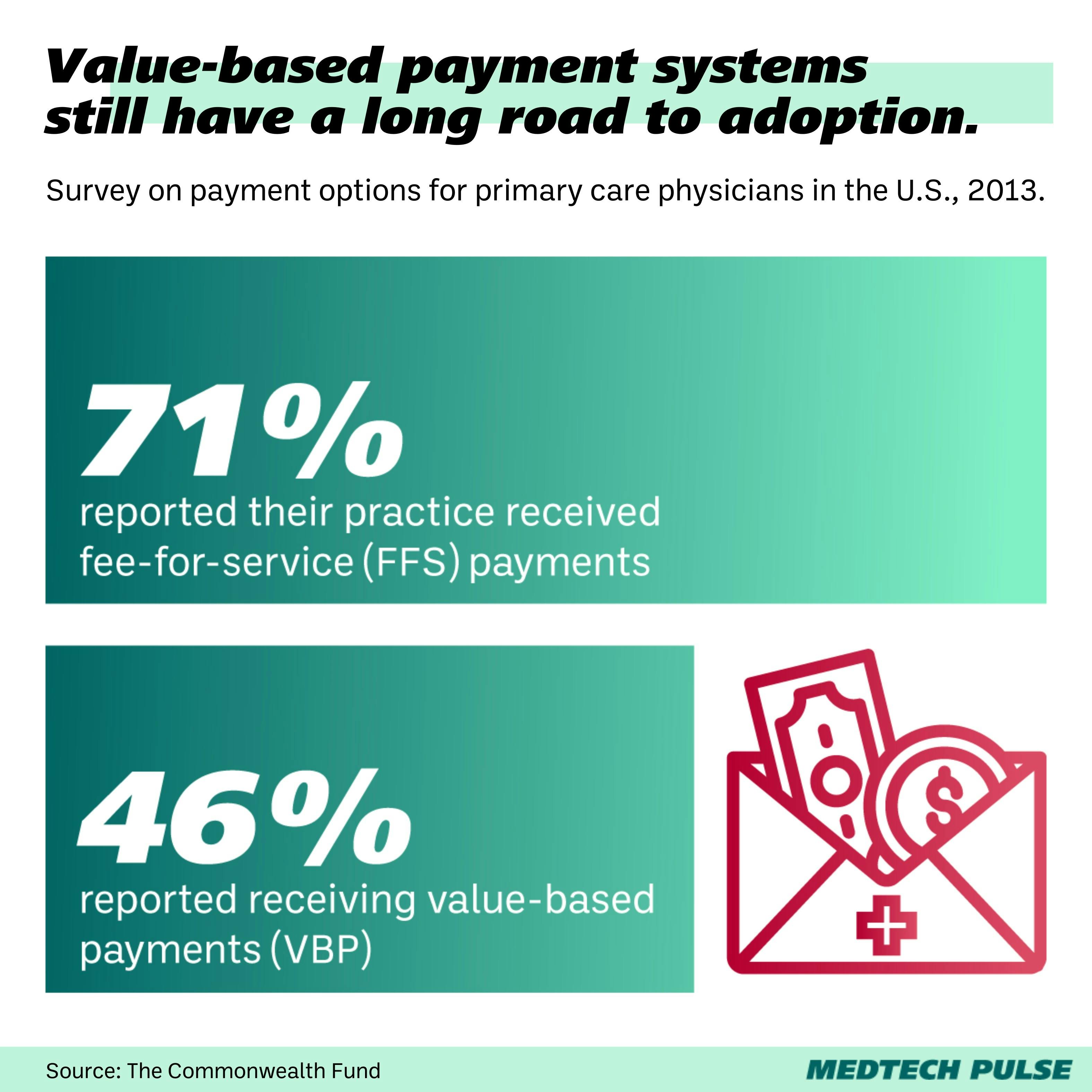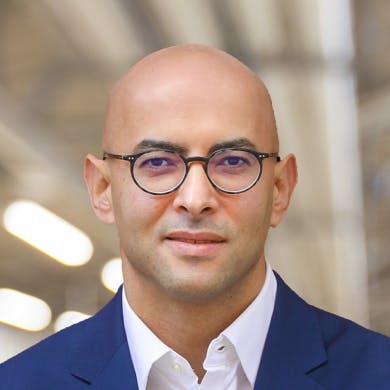Why are Gen Z women skipping health screenings?
One of our featured startup deals this week is Thyme Care’s Series C. What makes the cancer care navigation startup interesting is not just its approach to managing oncology.
The startup is innovating on how patients and payers pay for care, bringing value-based care (VBC) to oncology.
Of course, VBC in itself isn’t new, but it is in this specialty.
Plus, even outside of cancer care, VBC still has a long road toward widespread adoption, with fee-for-service (FFS) models still dominating American healthcare.

In a system with especially high healthcare costs split between private and public payers and patients, it’s critical to lower costs and increase efficiency and efficacy.
The American setting is especially ripe for payments-based innovation because its health system is a patchwork of the four different models of healthcare. As a reminder, these four models are:
- The Beveridge model: government-organized national healthcare funded through taxation (e.g., the U.K.’s NHS)
- The Bismarck model: privately-funded healthcare where employees and employers pay premiums to insurance companies via payroll deductions (e.g., the healthcare systems of Germany and Japan)
- National health insurance: government-funded healthcare with private delivery (e.g., Canada’s provincial insurance plans)
- Uninsured care: healthcare paid for out-of-pocket and only given to those who can afford it
Of course, nations with just one of these models still struggle with their own healthcare affordability or efficiency issues.
Why this matters to innovators: How we pay for healthcare is tied to how we deliver it.
- Innovators must pay attention to this logistical side of healthcare design, wherever their solutions may focus.
- After all, securing contracts with payers or buy-in with national health systems is critical to adoption anywhere.
- And for companies with international market dreams, being nimble across markets is even more important.
Advocating for better healthcare payment approaches is part of getting medical innovations to as many providers and patients as we can, ensuring our work makes the world a healthier place.
